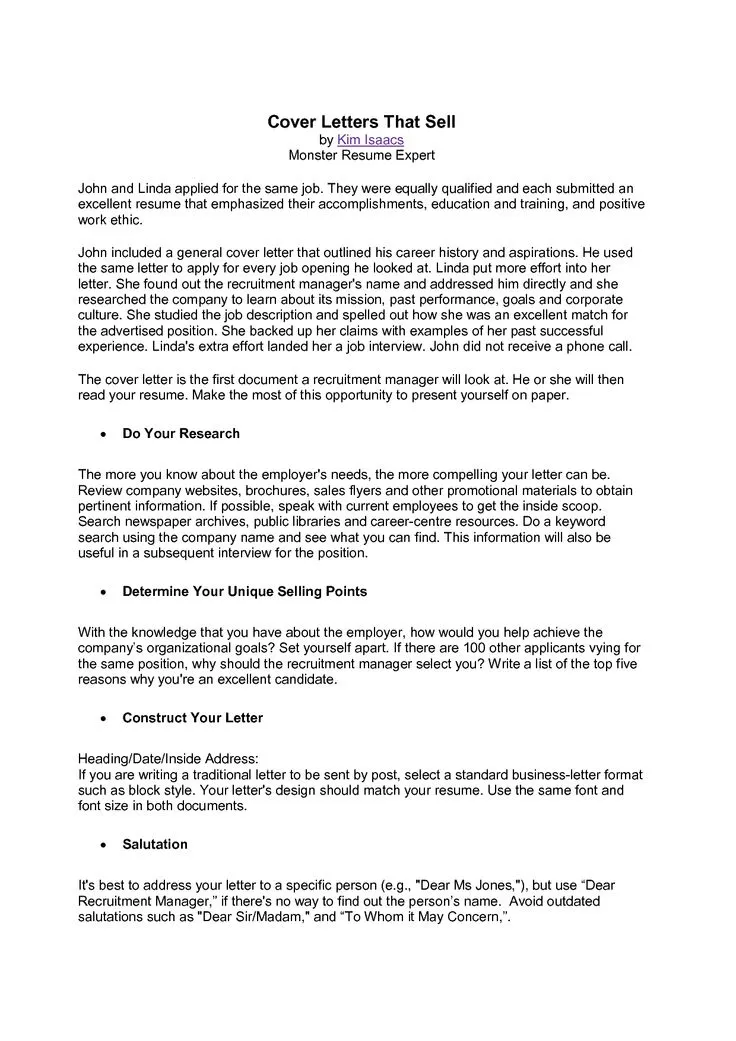In the competitive landscape of job applications, a well-crafted cover letter is your first opportunity to make a lasting impression. But in an age of overflowing inboxes and limited attention spans, the length of your cover letter plays a crucial role in its effectiveness. Knowing the optimal cover letter word limit is essential to grab the reader’s attention and increase your chances of landing an interview. This guide will delve into the critical aspects of cover letter length, ensuring your application stands out for the right reasons.
Understanding Cover Letter Word Limits
Cover letter word limits are not arbitrary; they are a strategic component of effective communication in the professional world. Recruiters and hiring managers often have to review a large volume of applications. A cover letter that is too long can overwhelm the reader, leading to a loss of interest. Conversely, a cover letter that is too short may lack the depth needed to showcase your skills and experience effectively. The goal is to strike a balance, providing enough detail to capture attention without sacrificing readability.
Why Word Count Matters
Impact on Readability and Engagement
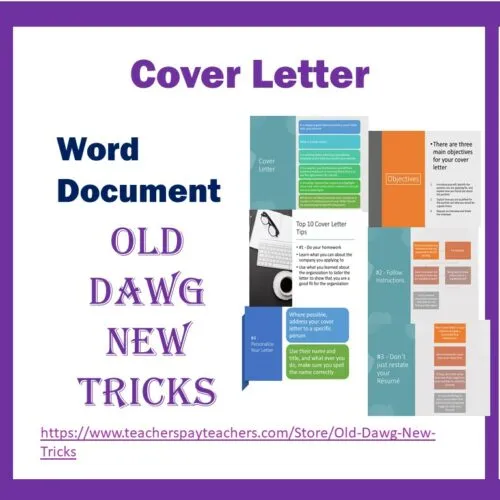
Readability is the cornerstone of an engaging cover letter. A cover letter that is easy to read and understand increases the likelihood that the reader will fully absorb the information you are presenting. Long paragraphs, dense text, and complex sentences can detract from readability, making it difficult for the reader to stay engaged. The strategic use of white space, concise language, and clear formatting is crucial to maintain engagement.
Professionalism and Conciseness
A concise cover letter demonstrates professionalism and respect for the reader’s time. It shows that you can articulate your value proposition efficiently. Conciseness also reflects your ability to communicate effectively. Brevity does not mean sacrificing substance; it means choosing your words wisely and focusing on what matters most. A well-structured, concise cover letter conveys that you understand the importance of effective communication.
Recommended Cover Letter Length
While there is no one-size-fits-all answer, understanding the general guidelines for cover letter word counts is crucial. The ideal length for a cover letter typically falls between 250 and 400 words, or roughly half to one page. This range allows you to provide essential information about your qualifications, skills, and enthusiasm for the position without overwhelming the reader. However, the optimal length can vary depending on the job, industry, and your level of experience.
General Word Count Guidelines
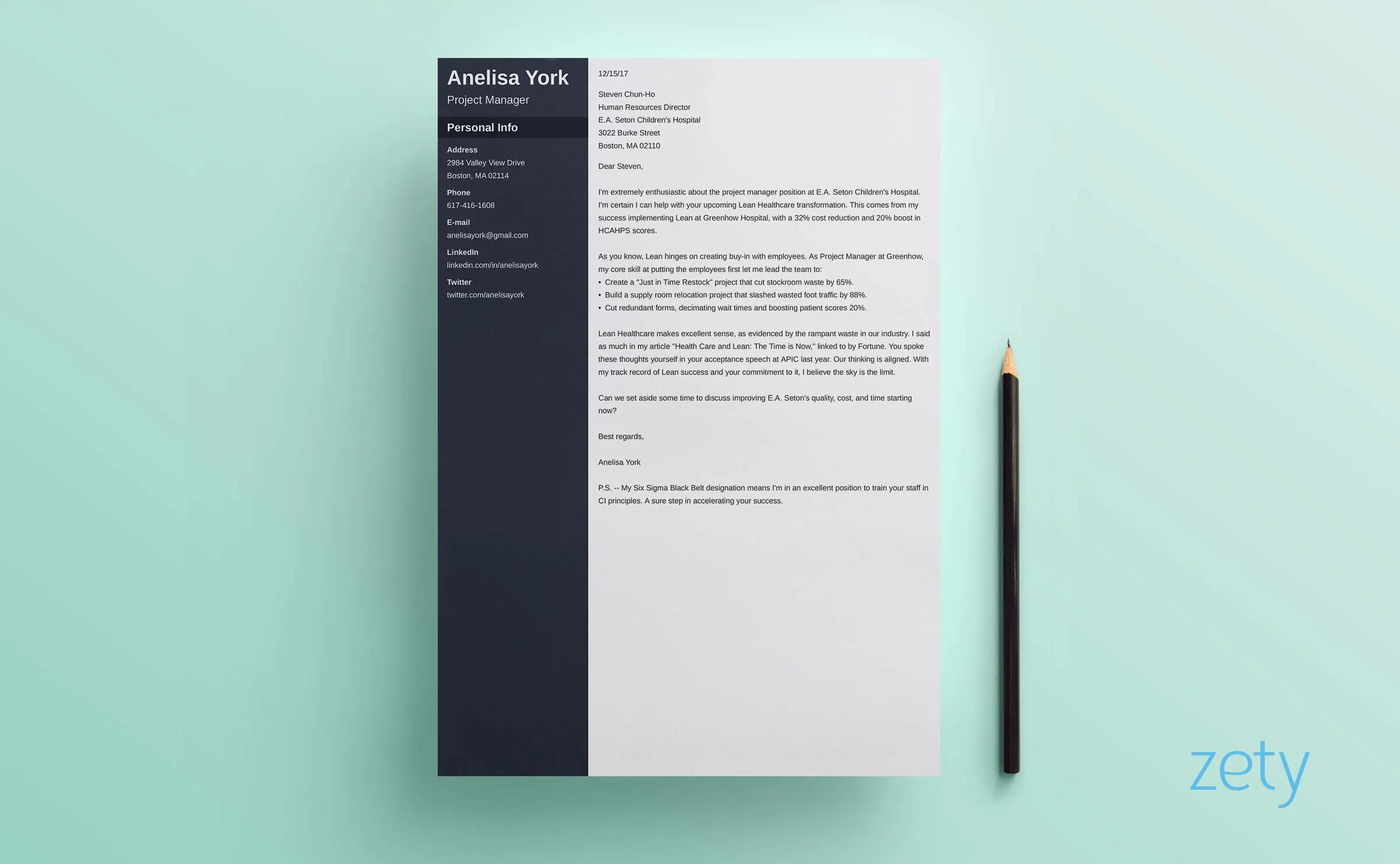
As a general rule, aim for approximately three to four paragraphs. The first paragraph should state the position you are applying for and how you found the opportunity. The second and third paragraphs should highlight your relevant skills and experience. The final paragraph should reiterate your interest and provide a call to action, such as inviting the reader to review your resume or schedule an interview. Each paragraph should be focused and concise, with clear and direct language.
Cover Letter Length for Specific Job Types
Entry-Level Positions
For entry-level positions, your cover letter word count should ideally be on the shorter side, around 250-300 words. Since you may have limited professional experience, focus on highlighting your relevant skills, educational background, and any internships or volunteer work. Demonstrate your enthusiasm and willingness to learn. Be sure to show your understanding of the role and company, and quickly showcase how your skills align with the job requirements.
Mid-Career Professionals
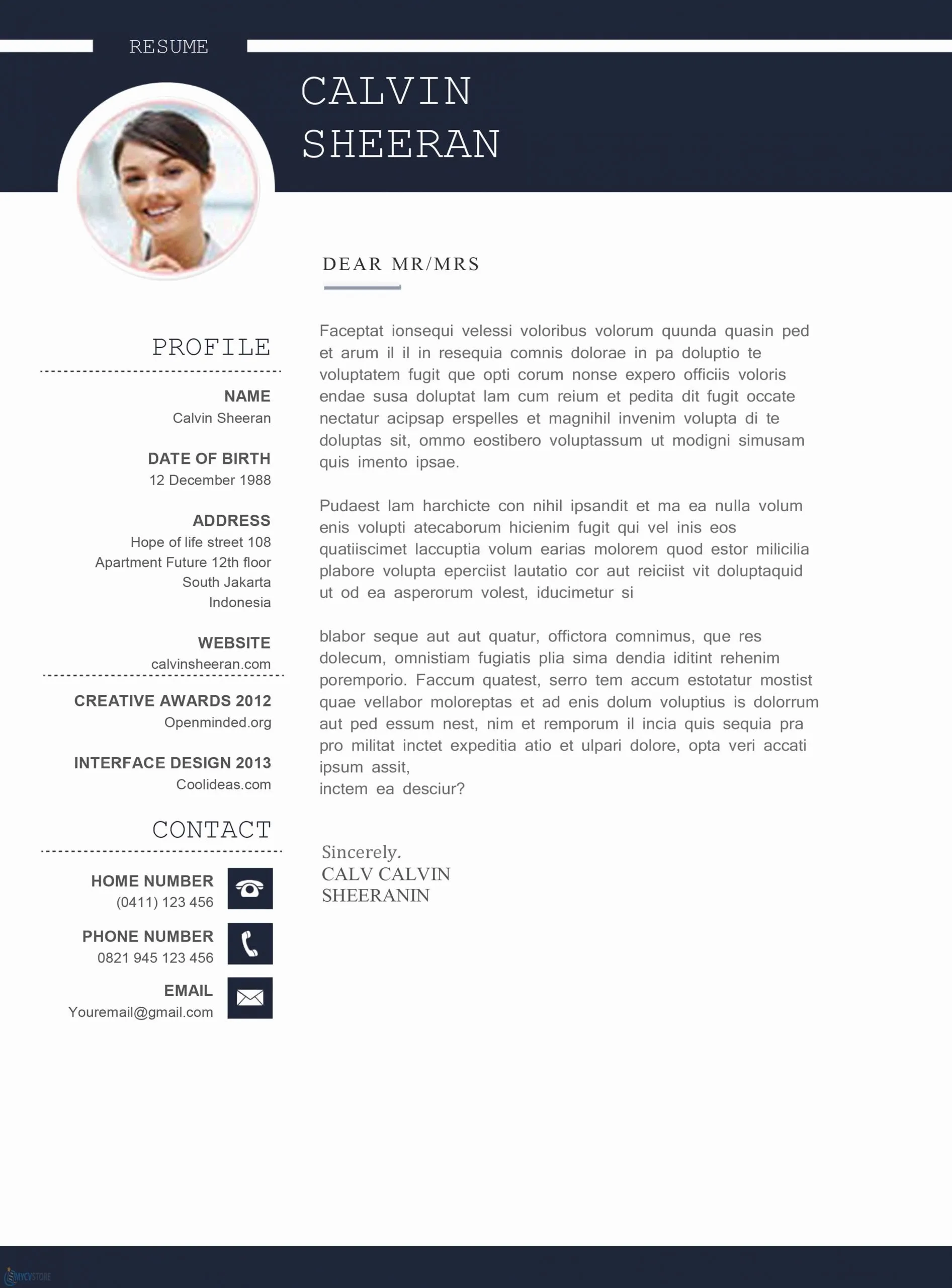
Mid-career professionals may have more experience to discuss, allowing for a slightly longer cover letter, approximately 300-400 words. This is your chance to showcase your career trajectory, emphasizing achievements and quantifying results whenever possible. Focus on how your past experiences translate into immediate value for the prospective employer. Tailor your letter to the specific requirements of the role. Include achievements and use powerful action verbs to show your impact.
Executive Roles
Executive roles may warrant a cover letter at the upper end of the word count range, possibly up to 400 words. These letters should be highly strategic, focusing on high-level accomplishments, leadership skills, and your vision for the company. Since executive positions require extensive expertise, you should showcase your leadership abilities and vision. Provide specific examples of your accomplishments and highlight your ability to make an impact at the executive level.
Structuring Your Cover Letter to Fit Word Limits
Effective structuring is paramount for creating a concise and impactful cover letter. This involves a strategic layout that prioritizes the most important information. A well-structured cover letter allows you to convey your message effectively. The organization ensures that the hiring manager quickly understands your qualifications and suitability for the role.
Key Sections to Prioritize

Concise Opening and Closing
Start with a compelling opening paragraph that immediately grabs the reader’s attention and clearly states the position you are applying for. End with a strong call to action, expressing your enthusiasm for the opportunity and a clear invitation to review your resume or schedule an interview. Your opening should make the reader want to keep reading and your closing should make the reader want to call you.
Highlighting Relevant Skills and Experience
Devote the body of your cover letter to highlighting the skills and experience that directly align with the job requirements. Focus on quantifiable achievements and provide specific examples of how you have demonstrated those skills in previous roles. Instead of simply listing responsibilities, showcase how your accomplishments have made a difference. Tailor your accomplishments to the specific needs of the role.
Formatting Techniques to Optimize Space
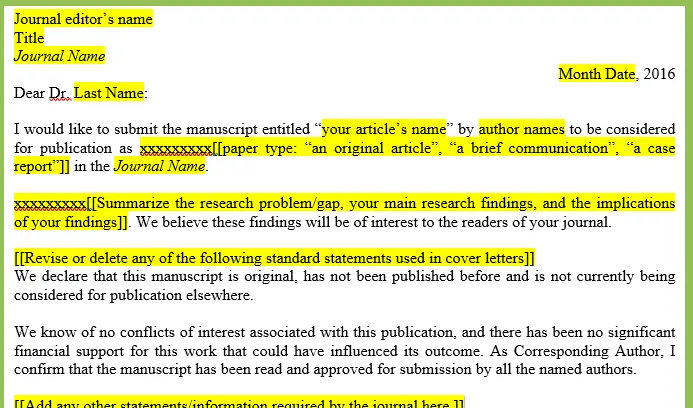
Font Choice and Size
Choose a professional and readable font such as Times New Roman, Arial, or Calibri, with a font size between 10 and 12 points. This ensures your cover letter is easy on the eyes. Use standard fonts that are widely accessible. Select a font size that is readable without being too large or too small.
White Space and Paragraph Length
Use ample white space between paragraphs and avoid overly long paragraphs. Keep paragraphs to about 4-5 sentences. This improves readability and prevents your cover letter from appearing cluttered. Proper spacing helps the reader to digest the information. Employ white space to visually break up the text.
Common Mistakes to Avoid
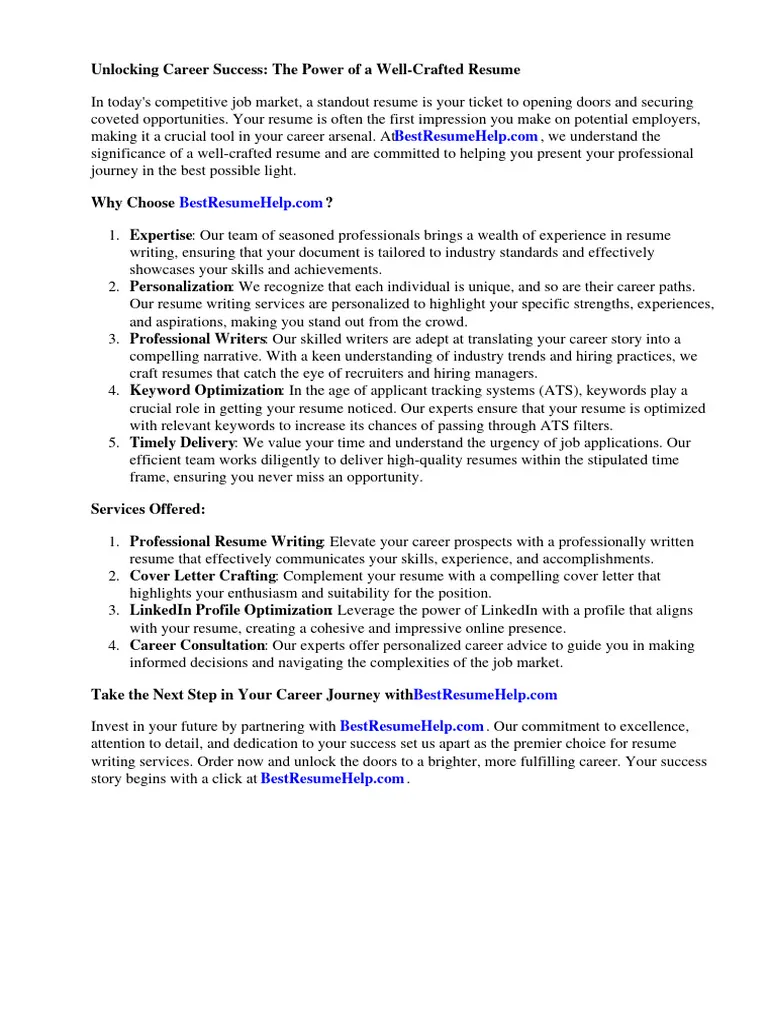
Knowing what to avoid is just as important as knowing what to include. Several common mistakes can quickly diminish the effectiveness of your cover letter, regardless of the word count.
Excessive Length
One of the most significant mistakes is exceeding the recommended word count. A long cover letter suggests that you cannot be concise or that you lack an understanding of what is truly important to the employer. Recruiters often scan cover letters for key information, and a long document can prevent them from finding what they need quickly. Keeping your cover letter to the recommended length demonstrates that you respect the recruiter’s time.
Irrelevant Information
Including irrelevant information is another common error. Your cover letter should be tailored to the specific job and company, highlighting the skills and experience that directly relate to the position. Including unrelated information wastes precious space and can make you seem unfocused. Focus only on information relevant to the job.
Lack of Focus
A cover letter that lacks a clear focus or fails to showcase your value proposition will not capture the reader’s attention. Each sentence and paragraph should contribute to a unified message. Be sure to state the role you are applying for. Ensure your cover letter clearly articulates why you are the best candidate for the job.
Tools and Resources for Cover Letter Optimization
Fortunately, numerous tools and resources can help you optimize your cover letter for length, clarity, and impact. Utilizing these resources can significantly improve the quality of your application.
Word Count Checkers and Editors
Use word count checkers to ensure your cover letter stays within the recommended word count. Many word processors, like Microsoft Word and Google Docs, have built-in word count features. Online editors like Grammarly can also help you refine your writing. Using these tools can help you identify and eliminate unnecessary words, ensuring your cover letter is concise and impactful.
Cover Letter Templates and Examples
Leverage cover letter templates and examples as a starting point. Many websites offer professionally designed templates that can guide you through the structure and content of a cover letter. Review examples from your industry to understand best practices. These resources can provide a framework for structuring your letter and help you identify key points to include.
Review and Feedback from Professionals
Seek feedback from career counselors, mentors, or trusted colleagues. Having a second pair of eyes review your cover letter can help you identify areas for improvement. Ask for suggestions on how to improve clarity, conciseness, and overall impact. A fresh perspective can help you refine your cover letter and increase your chances of success.
By understanding the importance of cover letter word limits, structuring your letter effectively, and avoiding common mistakes, you can create a compelling document that captures the attention of hiring managers and significantly improves your chances of landing an interview. Remember to tailor your cover letter to each specific job application, emphasizing the skills and experiences that align with the position’s requirements. Good luck with your job search!
